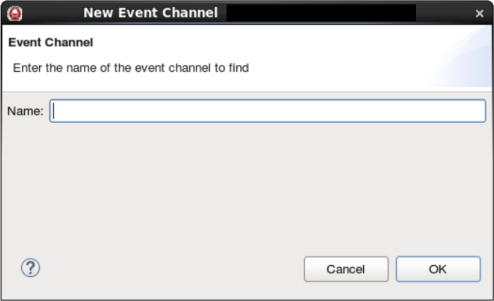Connecting Producers and Consumers
Producers and consumers can be connected either point-to-point or through an event channel in the IDE. Connecting a producer directly to a consumer does not require an application and can be done in the sandbox:
from ossie.utils import sb
sb.catalog()
#['structs_test', 'm_in', 'prop_changes', 'm_out','pass']
prod=sb.launch("m_out")
cons=sb.launch("m_in")
prod.connect(cons)
#True
sb.start()Output:
foo 1 hello
foo 1 hello
foo 1 hello
foo 1 hello
foo 1 hello
foo 1 hello
foo 1 helloConnecting producers to consumers through an event channel requires an application. An application can also support point-to-point connections.
Below is a description of how to connect producers through point-to-point and through an event channel:
- Add producer and consumer components.
- For point-to-point messaging, connect the output
MessageEventport,message_outin this example, to the inputMessageEventport of the receive component. For messaging via an event channel, add an event channel to the waveform and connect to it.
In the waveform Diagram, under Palette > Find By:
- Select EventChannel and drag it onto the diagram. The New Event Channel dialog is displayed.

- Enter the event channel you want to find and click OK. The EventChannel is displayed in the diagram.
- Select EventChannel and drag it onto the diagram. The New Event Channel dialog is displayed.
- Connect the Uses (Output)
MessageEventport of the sending component,message_outin this example, to the event channel. Connect the Uses (Output)
MessageEventport of the receiving component,message_in, to the event channel. This is the black output port that must be connected to the event channel.
In this example, connections are made point-to-point and through the event channel. Therefore, for every message sent, two messages are received.